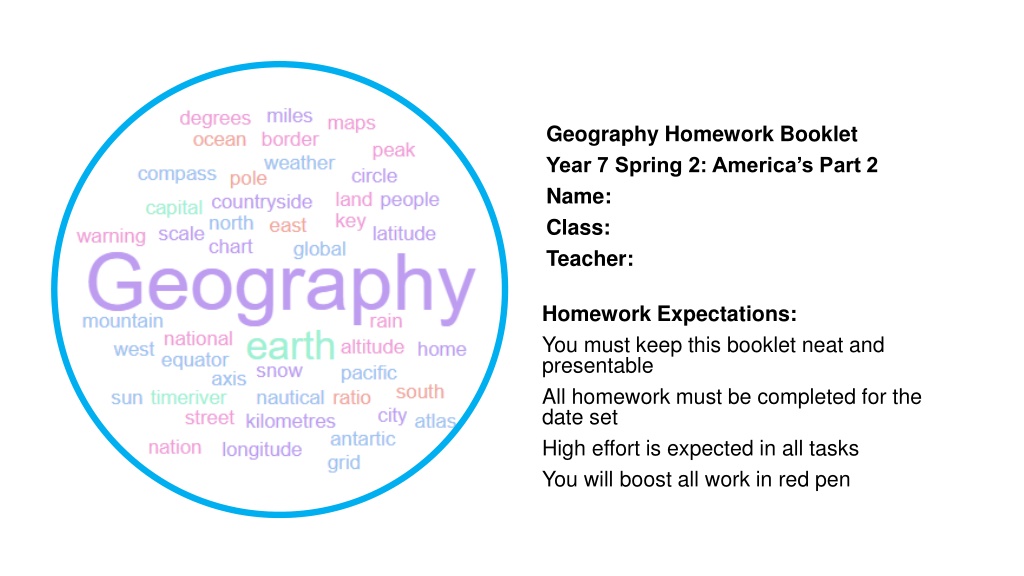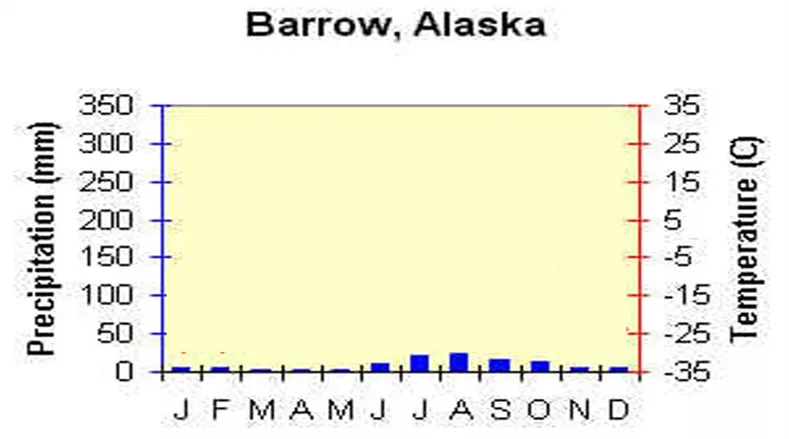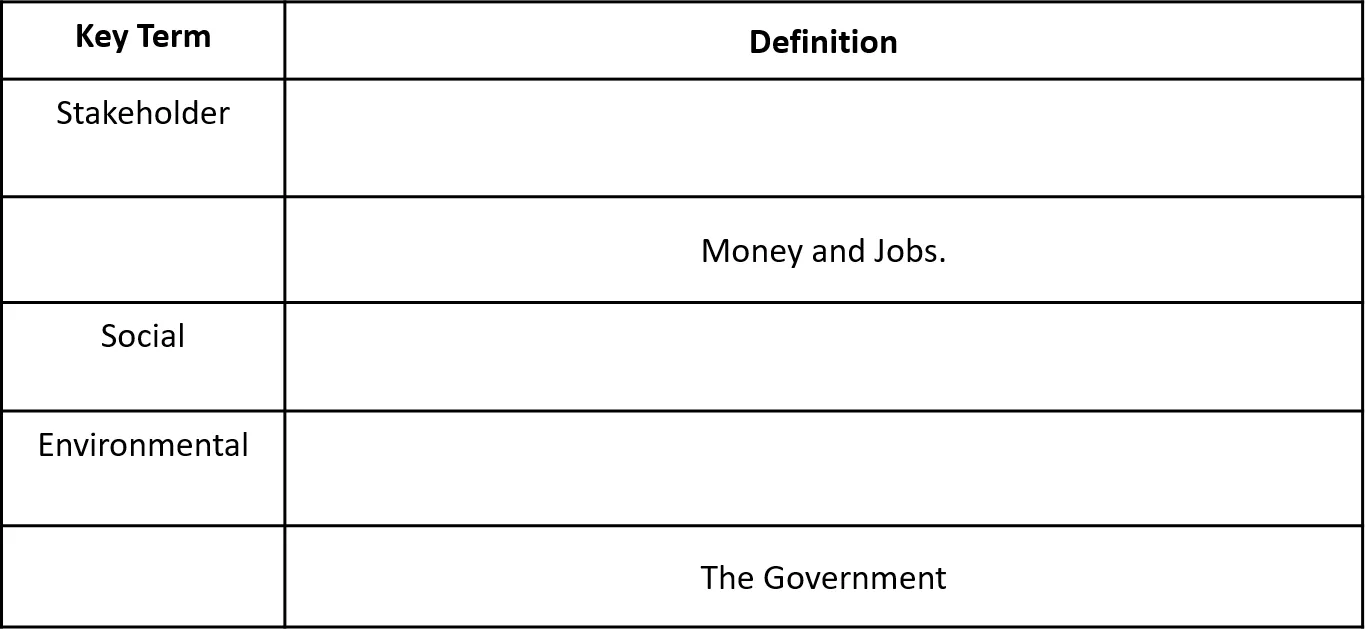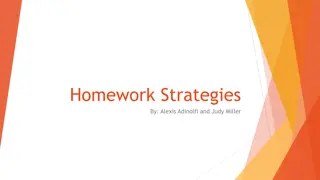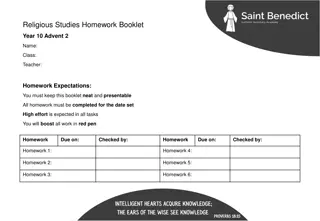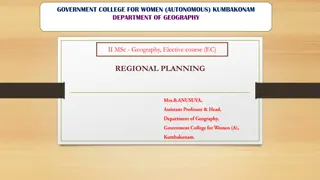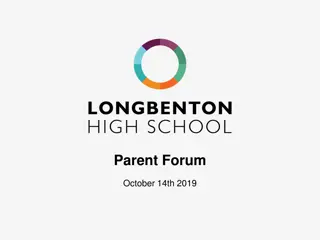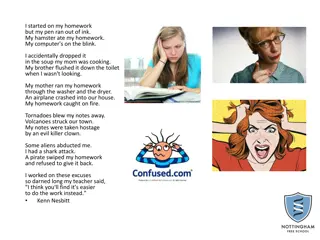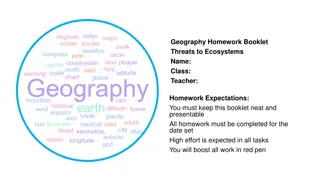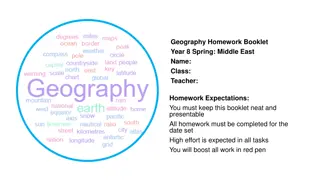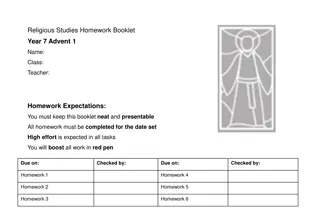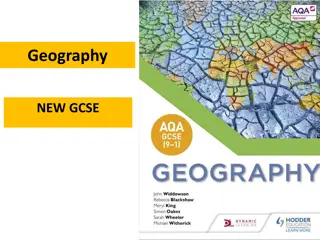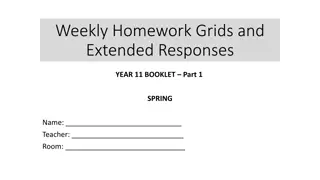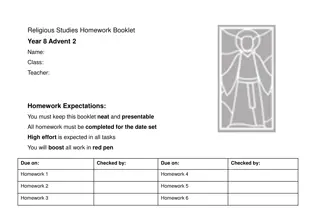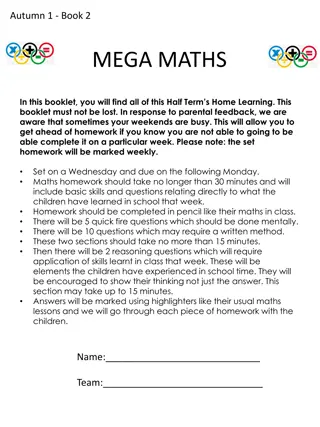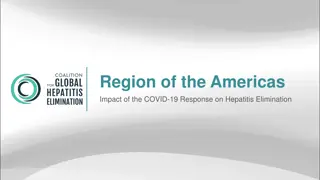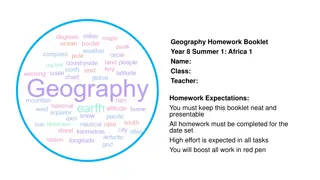Geography Homework Booklet: Americas Part 2
This booklet is for Year 7 students in the Spring term focusing on the Americas. It emphasizes neatness, completion, high effort, and corrections in red pen. Students are expected to adhere to the set deadlines and maintain a presentable presentation. The content delves into various topics related to the Americas to enhance students' understanding and knowledge in geography.
Download Presentation

Please find below an Image/Link to download the presentation.
The content on the website is provided AS IS for your information and personal use only. It may not be sold, licensed, or shared on other websites without obtaining consent from the author.If you encounter any issues during the download, it is possible that the publisher has removed the file from their server.
You are allowed to download the files provided on this website for personal or commercial use, subject to the condition that they are used lawfully. All files are the property of their respective owners.
The content on the website is provided AS IS for your information and personal use only. It may not be sold, licensed, or shared on other websites without obtaining consent from the author.
E N D
Presentation Transcript
Geography Homework Booklet Year 7 Spring 2: America s Part 2 Name: Class: Teacher: Homework Expectations: You must keep this booklet neat and presentable All homework must be completed for the date set High effort is expected in all tasks You will boost all work in red pen
Year 7 Weekly Homework Spring 2.1 Alaska Knowledge Book 32-33 1. Study the graph on P32 - Draw the temperature line onto the graph below: 3. Fill in the key terms and definitions for the following: Key Term Definition Stakeholder Money and Jobs. Social Environmental The Government 2. Answer the following questions about the climate of Barrow, Alaska: 4. Explain one positive and one negative effect of oil drilling in Alaska: One positive effect of oil drilling is _________________________________________ a) Name the most Northern city in the USA. _____________________________________________________________________ b) Which three months receive the least rainfall ? This is a benefit because ________________________________________________ _____________________________________________________________________ c) Which month received the most rainfall? _____________________________________________________________________ d) TRUE or FALSE: There are no hot months in Barrow, Alaska. One negative effect of oil drilling is ________________________________________ e) What is the average temperature in January and February? _____________________________________________________________________ This is a disadvantage because __________________________________________ f) TRUE or FALSE: Barrow, Alaska receives a lot of rainfall. _____________________________________________________________________ _____________________________________________________________________
Year 7 Weekly Homework Spring 2.2 Brazils Tropical Rainforests Knowledge Book P34 1. Use the axis to draw and label the 4 different layers of the tropical rainforest: 3. Study the map. Describe the location of the Amazon Rainforest in South America [4]: 50m 40m 30m 20m 10m 2. Answer the following questions about the climate of the Tropical Rainforest: a) Which month receives the least rainfall? ________________________________________ ____________________________________________________________________________ ____________________________________________________________________________ b) Which month received the most rainfall? _______________________________________ ____________________________________________________________________________ c) TRUE or FALSE: There are no cold months in Manaus, Brazil. ________________________ ____________________________________________________________________________ d) What month has the highest temperature? _____________________________________ ____________________________________________________________________________ ____________________________________________________________________________ e) TRUE or FALSE: Manaus, Brazil receives very little rainfall __________________________ ____________________________________________________________________________ f) How many millimetres of rain fall in March? _____________________________________ ____________________________________________________________________________ g) TRUE or FALSE: Brazil has a hot, humid climate. __________________________________ ____________________________________________________________________________
Year 7 Weekly Homework Spring 2.3 Tropical Rainforest Food Chains and Adaptations Knowledge Book P5, 35-36 1. Use P5 to find a key term/ definition to complete the table. Then use P35 to provide an example from the Tropical Rainforest to complete the food chain in the final column. 3. Research an animal that lives in the Tropical Rainforest. In the space below, draw a picture of that animal, then underneath, describe how it is specifically adapted to survive: Key Term Definition Example Producer Trees Animals that eat vegetation (producers). These are usually herbivores. Secondary Consumer Eat primary and secondary consumers as their main source of food. They are the top of the food chain. ____________________________________________________________________________ 2. 4. Use P36, describe the following plant adaptations and draw a picture: ____________________________________________________________________________ Adaptation Description of Adaptation Drawing of Adaptation ____________________________________________________________________________ ____________________________________________________________________________ Drip Tip Leaves ____________________________________________________________________________ ____________________________________________________________________________ ____________________________________________________________________________ Buttress Roots ____________________________________________________________________________ ____________________________________________________________________________ ____________________________________________________________________________ Lianas ____________________________________________________________________________
Year 7 Weekly Homework Spring 2.4 The Structure of the Earth Knowledge Book 37-38 1. Label the diagram correctly: 3. Fill in the blanks using the word bank below to understand the different types of crust: There are two types of crust; there is ___________________ crust and _____________ crust. Continental crust is found under the ______________. It is ___________________ and ___________________ than oceanic crust. This is because continental crust is much _____________________ than oceanic crust and this means that continental crust cannot be subducted, therefore it cannot be melted in the mantle and so we have some very old rocks forming the continental crust. Oceanic crust is found under ______________ and it is _____________ and ______________ than continental crust. It is also more _____________ which means it s heavier. Dense Oceans Bigger Continental Oceanic Lighter Smaller Land Older Younger 2. Tick the correct boxes for which the following statements are true: Statement Crust Mantle Outer Core Inner Core Made of iron and nickel The biggest/ thickest layer Solid Molten rock / viscous Thinnest layer Extremely hot (5000 C) Under extreme pressure
Year 7 Weekly Homework Spring 2.5 Plate Boundaries and Earthquakes Knowledge Book 39-40 1. Label the diagram correctly: 3. Fill in the key terms and definitions for the following: Key Term Definition Subducts Waves of energy that travel through the Earth s surface. Epicentre Focus The point where two tectonic plates meet. 2. Use P39 to complete the information in the blank boxes: Plate Boundary Description Diagram What Occurs? Two plates slide past each other either in the same or in opposite directions. Often the plates become stuck on one another due to friction and this causes pressure to build up. Conservative Earthquakes
Questions to ask: ___________________________ ___________________________ ___________________________ ___________________________ ___________________________ ___________________________ ___________________________ ___________________________ ___________________________ ___________________________ ___________________________ ___________________________ ___________________________ ___________________________ ___________________________ ___________________________ ___________________________ Notes: ___________________________ ___________________________ ___________________________ ___________________________ ___________________________ ___________________________ ___________________________ ___________________________ ___________________________ ___________________________ ___________________________ ___________________________ ___________________________ ___________________________ ___________________________ ___________________________ ___________________________
Questions to ask: ___________________________ ___________________________ ___________________________ ___________________________ ___________________________ ___________________________ ___________________________ ___________________________ ___________________________ ___________________________ ___________________________ ___________________________ ___________________________ ___________________________ ___________________________ ___________________________ ___________________________ Notes: ___________________________ ___________________________ ___________________________ ___________________________ ___________________________ ___________________________ ___________________________ ___________________________ ___________________________ ___________________________ ___________________________ ___________________________ ___________________________ ___________________________ ___________________________ ___________________________ ___________________________
Questions to ask: ___________________________ ___________________________ ___________________________ ___________________________ ___________________________ ___________________________ ___________________________ ___________________________ ___________________________ ___________________________ ___________________________ ___________________________ ___________________________ ___________________________ ___________________________ ___________________________ ___________________________ Notes: ___________________________ ___________________________ ___________________________ ___________________________ ___________________________ ___________________________ ___________________________ ___________________________ ___________________________ ___________________________ ___________________________ ___________________________ ___________________________ ___________________________ ___________________________ ___________________________ ___________________________
Questions to ask: ___________________________ ___________________________ ___________________________ ___________________________ ___________________________ ___________________________ ___________________________ ___________________________ ___________________________ ___________________________ ___________________________ ___________________________ ___________________________ ___________________________ ___________________________ ___________________________ ___________________________ Notes: ___________________________ ___________________________ ___________________________ ___________________________ ___________________________ ___________________________ ___________________________ ___________________________ ___________________________ ___________________________ ___________________________ ___________________________ ___________________________ ___________________________ ___________________________ ___________________________ ___________________________
